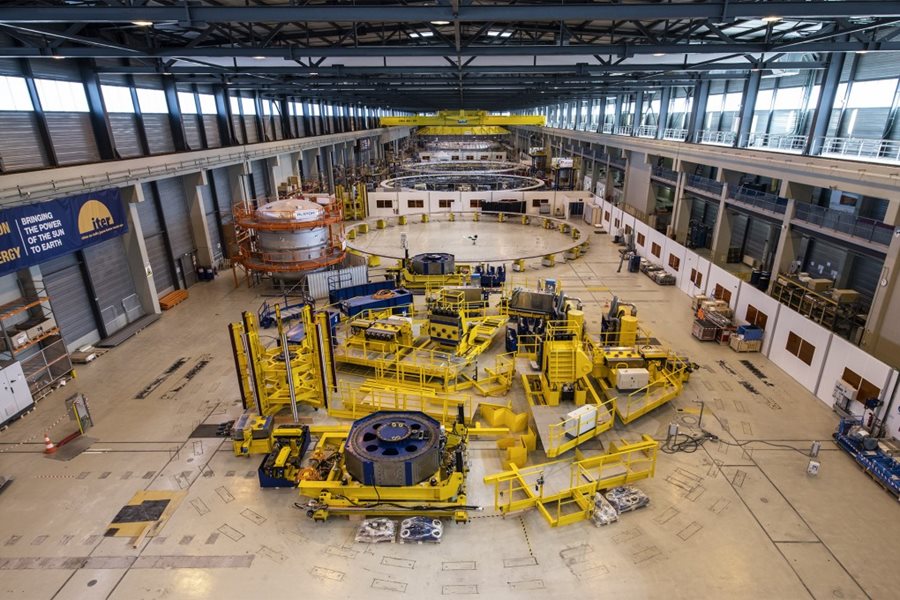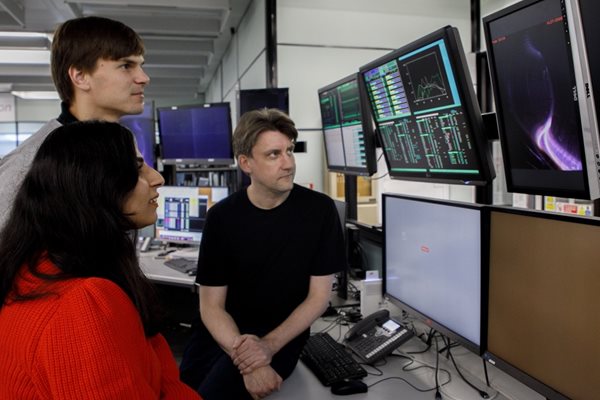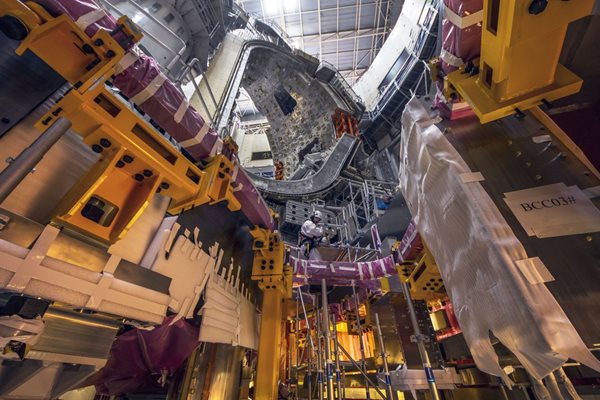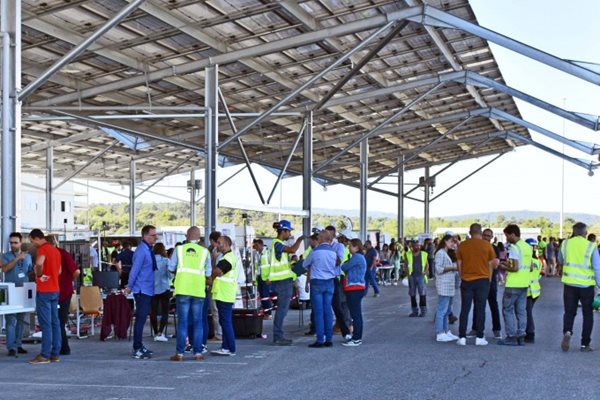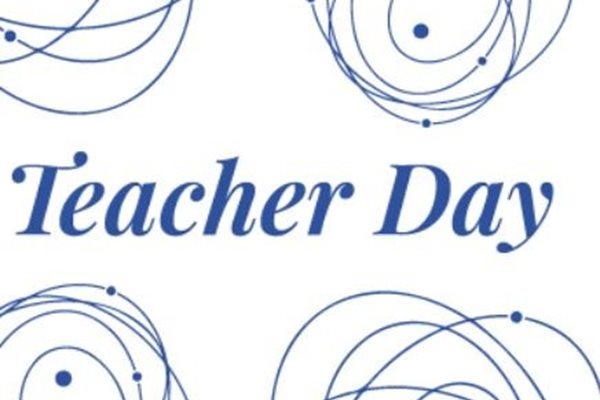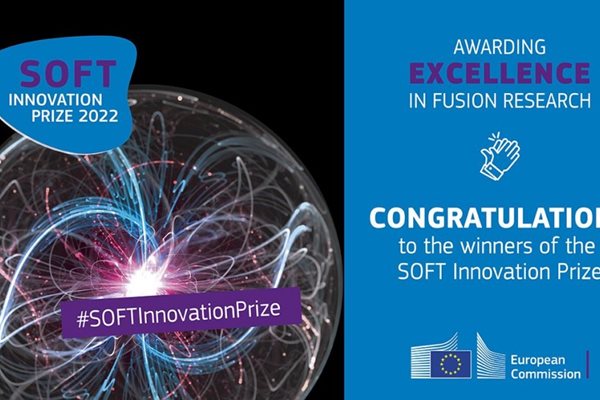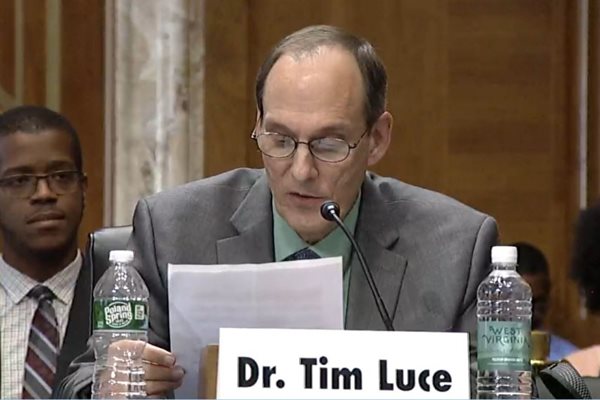
you're currently reading the news digest published from 19 Sep 2022 to 26 Sep 2022
featured4
of-interest3
press35
featured
Coil winding table | Seven years of faithful service
In November 2015, workers from the European contractor Sea Alp Engineering, an Italian company based in Turin, began installing a large circular structure at the south end of the on-site Poloidal Field Coil Winding Facility. As weeks and months passed, more tooling was added, with functions that were quite inscrutable for the non-specialists: sturdy tower-like devices, what looked like a giant tape dispenser, walkways, gantries, steel cylinders and electrical cubicles. All in all, some 350 tonnes of equipment for Europe's 'coil winding station.' For the past seven years, this unique combination of tooling and machinery has fulfilled its mission—turning more than 50 kilometres of jacketed niobium-titanium cable delivered by China into 30 production 'double pancakes' required by the four large ring-shaped poloidal field coils manufactured on site by Europe. During winding phase of production, spooled conductor was uncoiled and straightened before it passed through cleaning and sandblasting to prepare its surface for several layers of glass-fibre insulating tape. Then, as the winding table rotated slowly, the conductor was wound into double-layer pancakes in the precise dimensions required for the coil in question—either 17 or 24 metres in diameter. These double pancakes then moved down the line to the other production stations of the coil winding facility. Today, two finalized coils (PF5 and PF2) have left the facility, and two others (PF3 and PF4) are in the final stages of fabrication at the far end of the building. The winding station is needed no more. Dismantling operations began early August and lasted throughout the month. Where the table and its machinery once stood, individual components are now waiting to be moved out of the building and, possibly, to start a new life in a new environment. On 28 July 2022 the Official Journal of European Union posted a 'prior information notice' for the sale of these highly valuable assets. In the vast clean space that has been cleared, the ITER Organization will be installing a new kind of station: three port plug test stands to put the steel plugs that will seal off each tokamak port opening to the test before their installation in the machine. The disposal of the winding installation and the reassignment of the space it occupied does not signify the end of coil production activity in the facility. The two largest coils (24 metres in diameter) are still in production, with expected completion dates of mid-2023 (PF4) and mid-2024 (PF3) respectively. Beginning in 2012 with the delivery of the 13,000-square-metre production facility, the making of ITER's four largest poloidal field coils has brought together hundreds of specialists from more than a dozen European contractors. Beyond the challenges of manufacturing components of a size and complexity never achieved before, the success of this formidable industrial adventure has rested on the close coordination of contractors and a sharp learning curve that considerably reduced manufacturing time over the years (see box).
Fusion world | A helium campaign kicks off at JET
After achieving record-breaking results on the Joint European Torus during 2021 experiments with the high-performance fuel mix of deuterium and tritium, EUROfusion researchers are turning to helium in a campaign intended to inform ITER operation. ITER will begin operation with non-activating fuels (i.e., hydrogen and helium) as part of the Pre-Fusion Power Operation phase designed to commission all tokamak, plant and auxiliary systems with plasma (up to 15 MA current) to their highest performance and to acquire critical operational experience before moving on to full power. 'An essential element of the ITER Research Plan is to explore control of the plasma interaction with the wall in a high confinement operation scenario,' explains Head of Science & Operation Tim Luce. 'This needs to be addressed already in the initial research phases before deuterium and tritium are used to produce fusion power in ITER.' The characterization of key plasma parameters in L-mode and H-mode, the development of plasma scenarios, the exploration of different modes of operation, and the achievement of key physics goals (e.g., power load control and ELM control) are also part of this initial phase on ITER. JET*, with its ITER-like beryllium wall and tungsten-clad divertor, is an ideal test bed to verify the physics models of plasma-wall interaction and modelling tools for ITER. In a press release issued today, EUROfusion researchers say they will study the behaviour of the helium plasmas as well as test the impact of helium on ITER-like plasma-facing components, acting as a risk-mitigator for ITER. 'While it is expected to be easier to reach [a high confinement operation scenario] in helium rather than hydrogen in these initial phases, we need to know that what we learn in helium would be relevant to deuterium-tritium operation,' says Luce. 'We have great expectations how these upcoming experiments can help us optimize the ITER Research Plan to move as efficiently as possible into deuterium-tritium operation.' Fernanda Rimini, JET Senior Exploitation Manager, said the new research underway is one more way that the JET tokamak is helping make fusion energy a reality. 'After breaking the record for sustained energy last year, these important new experiments will prove more science and provide crucial data for the ITER team as they prepare for larger-scale operations, ultimately saving time and money on our roadmap to delivering fusion power to the grid.' The new experimental campaign started on 1 September 2022 and is expected to last for up to 16 weeks. See the original EUROfusion press release. *The Joint European Torus (JET) has been operated at the Culham Centre for Fusion Energy as a Joint Undertaking of the European Community since 1977 and operated under the United Kingdom Atomic Energy Authority (UKAEA) since 2000. Today the JET facilities are collectively used by researchers, staff and students from European fusion laboratories under the EUROfusion consortium (30 member institutes and 152 associated entities).
Image of the week | Down under
It has been close to five months since the first vacuum vessel module was installed in the Tokamak pit. The view from above is by now familiar: a huge D-shaped steel structure hugging the central column and dwarfing everything around it. Less familiar is the underground scene, at the cryostat base level. There, bathed in yellow light, workers are busy carrying out preservation activities on the two poloidal field coils that have been installed, PF6 and PF5. On the left side of this image, white polystyrene panels have been installed to protect the openings in PF6 and prevent the accumulation of dust. Other activities 'down under' include the instrumentation of the 18 toroidal field coil gravity supports.
On site | An annual reminder about safety
ITER's Safety and Quality Department knows: you can never repeat an important message often enough. The second annual ITER Safety Day took place on 15 September, with more than 800 attendees. "Complacency threatens safety," Gilles Perrier, Head of the Safety and Quality Department. "Every actor—on site and in the offices—needs to remain alert and vigilent. Excellence in safety requires more than just following regulations." Through stands and displays set up on the lower level of the worksite carpark, the message was brought home again and again. Through presentations, hands-on activities, games, contests and demonstrations, exhibitors shared their techniques for raising awareness on this all-important issue. With thousands of people active on the worksite, often in shared spaces and areas, an active commitment to safety is the glue that keeps employees and workers from accident and injury. Safety has to be the responsibility of all,' insisted Director-General interim, Eisuke Tada, in his welcome address. 'To ensure that we demonstrate that fusion energy is a safe and reliable source of energy, we must ensure the ITER machine is safely constructed for you, for our partners and for all our stakeholders.' * Participating in the success of the day were Bureau Veritas, Cestaro Rossi, CNIM, the CNPE corsortium, Daher, Dietsmann, the DYNAMIC consortium, ENGAGE, Entrepose-Apave, EQUANS, GDES, GSF, META, MOMENTUM, PmSm, Safety Shop, Vernazza, VINCI/Ferrovial/Razelbec and VPIS.
of-interest
European Fusion Teacher Day: 14 October
The European Fusion Education Network, FuseNet, is organizing its third annual European Fusion Teacher Day on 14 October 2022. Open to all secondary school science and physics teachers in Europe, the fully virtual event aims to introduce educators to nuclear fusion and demonstrate how the subject can be taught in school. The ultimate goal is to increase exposure of students to the subject at the secondary level in order to spark interest and enthusiasm in the field.Because the event is open to educators across Europe, the half-day program begins with local sessions via Zoom on what is going on in the field of fusion in your geographical zone. After the local sessions, participants will come together for a global livestream with presentations by keynote speakers and the distribution of free educational resources. The ITER Organization is one of the featured participants during the global livestream. Participation is free and registration is open now. Register before 1 October here.
SOFT Innovation Prize: three researchers awarded
On 19 September, the European Commission revealed the winners of the 2022 edition of the SOFT Innovation Prize. This prize, awarded at the 32nd Symposium on Fusion Technology (SOFT2022), gives recognition to outstanding researchers or industries who have found innovative ideas or proposed new solutions in fusion research. This year's winners are: First prize (€50,000): GRATUL (Karlsruhe Institute of Technology and Forschungszentrum Jülich) for the development of plasma sprayed, functionally graded tungsten/EUROFER coating as protective for the first wall of future fusion power plants. This technology was successfully transferred to industry, achieving a new record in coating large first wall mockups. The functional grading, which led to outstanding heat flux resistance, opens up the potential deployment of this innovation in other components of fusion technology, in high-voltage components, and in the concentrated solar power sector. Second prize (€30,000): D1SUNED (Universidad Nacional de Educación a Distancia, UNED) for the development of an improved radiation transport code for dose rate evaluation in fusion application. Due to their high energy, fusion neutrons are penetrating deeply in the facility producing direct and indirect radiation fields whose evaluation is a challenging task. The D1SUNED provides a powerful tool to calculate and analyze these radiation fields required for safety and radioprotection studies that must be addressed properly during the design phase to secure successful licensing. Third prize (€20,000): Dia Disk (Karlsruhe Institute of Technology and Diamond Materials GmbH) for the development of diamond window technology in high-power microwave applications as a vacuum barrier and confinement barrier for hazardous materials. The achieved higher disk diameter results in a substantially increased energy efficiency of the deposition process of diamond. See the full announcement here.
Top ITER scientist testifies at US Senate Committee
On 15 September 2022, the US Senate Committee on Energy and Natural Resources held a "Hearing on the Federal Government's Role in Supporting the Commercialization of Fusion Energy." The Chairman of the Committee, Senator Joe Manchin, had visited the ITER Project in France in March 2022. He opened the meeting by evoking the visit, saying that it left him "profoundly reflective of the potential of [fusion] technology to transform our energy future." The purpose of the hearing was to hear from a panel of experts on what they are doing to bring this "exciting technology" to fruition and to ask: What can the federal government do to help? On the witness panel was: Dr Scott Hsu, Lead Fusion Coordinator, Office of the Undersecretary for Science and Innovation, Department of Energy; Professor Steven Cowley, Director, Princeton Plasma Physics Laboratory; Dr. Tim Luce, Chief Scientist and Head of the Science & Operation Domain at the ITER Organization; Dr. Bob Mumgaard, CEO and Co-Founder, Commonwealth Fusion Systems. You can watch the archived webcast here. You can access the testimony of Tim Luce here.
